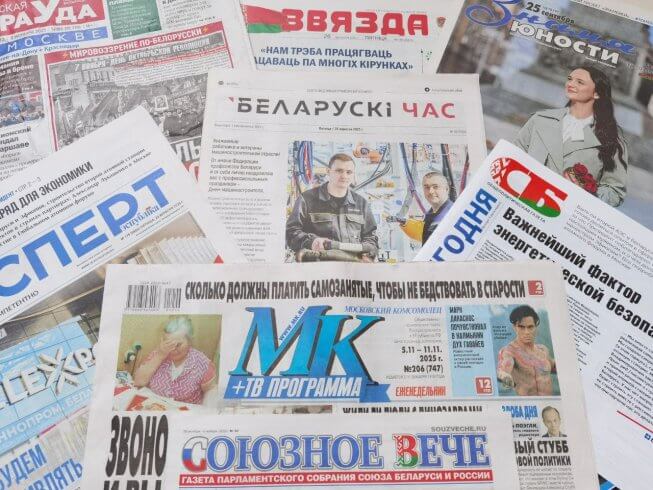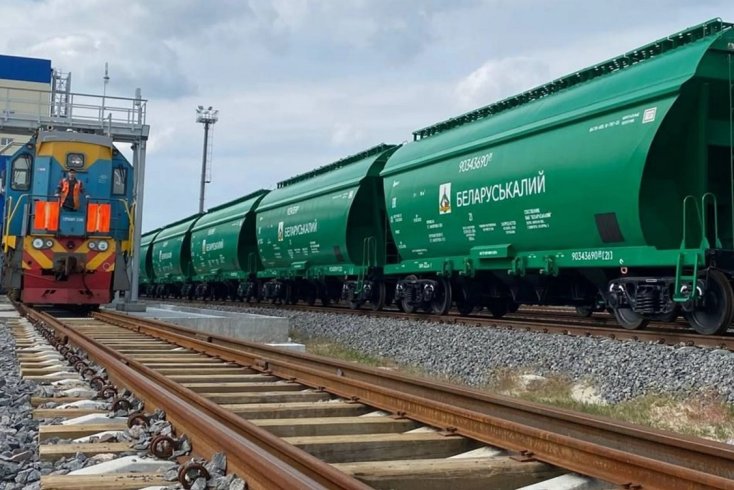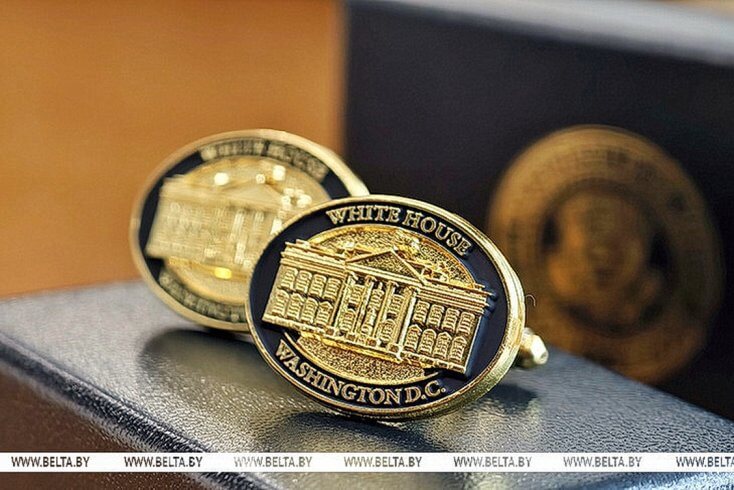By Aleś Hudzija
Belarus pursues a conservative economic policy. It holds a large share of its reserves in gold and is likely to hold on to it in the coming year.
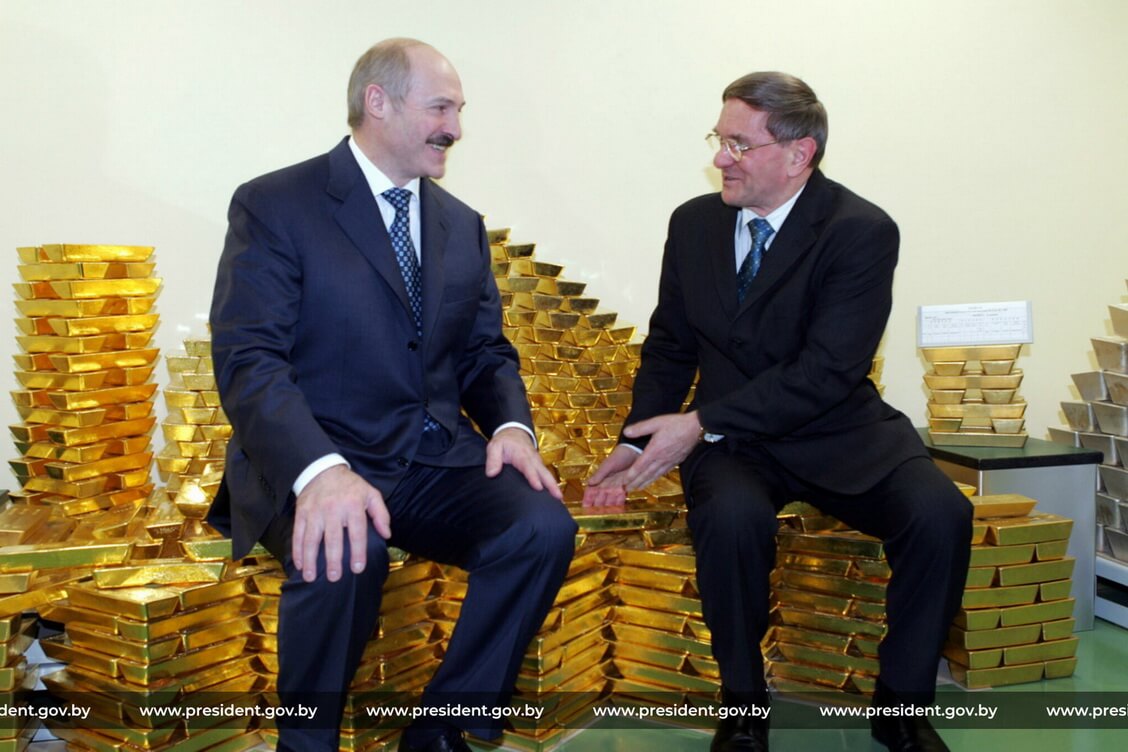
From ancient times to the present, gold has been a symbol of prosperity, wealth, security and success. However, financiers still debate the relevance of gold reserves in the modern digital age. Ben Bernanke, a former head of the US Federal Reserve, says that countries hold gold reserves out of habit.
Following the old tradition, central banks continue to hold part of their reserves in gold. Gold, roughly 53 tons of it, accounts for 43 percent of Belarus’ foreign exchange reserves.
Who has the most gold in the world?
The world’s gold reserves are estimated at 35,800 tons. Most of it is held by Western countries, the United States and the European Union in the first place. Russia, international institutions and leading Asian economies such as China, Japan and India also have a lot.
The obvious leader is the United States with 8,100 tons, followed by Germany (3,400 tons), Italy (2,500 tons), France (2,400 tons), Russia (2,300 tons) and China (2,200 tons).
The chart below shows how the gold reserves of various holders have changed since 2000.
Gold reserves by country
Tons
Minsk’s obsession with gold
There are both rational and irrational aspects to gold reserves in Belarus.
Facing serious challenges, the economy had to shift to a more market-oriented model, which implied the accumulation and diversification of reserves to make the country more resilient against potential crises and shocks. That was rational.
The irrational aspect is that despite the urgent market transformations, the political system remained inherently authoritarian. In that context, gold acquired a meaning beyond the economic framework. It became a false indicator of the system’s sustainability, a matter of pride that the boss has some gold in stock.
Belarus’ gold reserves
Tons
After the Russian full-scale invasion of Ukraine in 2022, a significant part of Russian international reserves was frozen, and many countries, especially non-democratic ones, eye gold as a safer option.
When the gold reserves of Iran and Venezuela were frozen, their leaders decided to keep their gold stockpiles domestically.
The threat of confiscation of Russian assets has led many countries to view gold as a more reliable asset and a means of circumventing sanctions in times of difficulties. Iran is a vivid example and a source of inspiration for non-democratic regimes.
Sanctions stir up autocrats’ interest in gold
Currently, about half of the National Bank’s reserves are in gold, which is a fairly high proportion.
Although the role of gold and foreign exchange reserves is to smooth out exchange rate fluctuations and balance foreign trade, the most liquid part of the reserves, foreign currency, is usually used for the purpose.
Thus, an inflow of foreign currency is more important than gold, especially for a country that has no gold mining industry of its own.
Belarus’ gold reserves
Percentage
However, restrictions on foreign currency payments can increase the role of gold in the economy. This trend can be seen, for example, in Iran, which is trading oil for gold.
Under sanctions, the use of gold tends to grow. In particular, the demand for bullion gold is on the rise in Russia.
In 2022, Russians bought more than 75 tons of bullion gold, a 15-fold rise from previous years. Demand for gold remained high in 2023, but panic-driven purchases gave way to conscious ones.
In the past, Russians mainly bought bars of 10-20 grams, but in 2023 customers preferred ingots of one kilogram and heavier, and also purchased investment gold coins more often.
The demand for gold increases in times of economic instability, because gold ensures the preservation and growth of capital in the long term.
However, Russia is a bit different: many wealthy people have come under personal sanctions, which limits their ability to keep funds in hard currency. Under such circumstances, gold becomes a valid alternative.
To stimulate trade in gold, Russia has abolished value added tax on the purchase of bullion bars. Belarus does not charge VAT to individuals on the purchase and sale of precious metals either.
Although there are fewer wealthy people under sanctions here, capital protection is also a pressing issue.
Belarusian financial system adapting to sanctions
Adapting to sanctions, the Belarusian financial system is undergoing changes.
The Homiel-based company Kryštał has launched production of bullion gold under orders from the finance ministry.
In 2022, the National Bank of Belarus issued a gold investment coin “Słavianka” (999.9 gold, weight 7.78 g), and then in 2023 a silver coin (999.9 silver, weight 31.1 g). It charged 1,800 rubels ($563) for the gold one and 125 rubels ($40) for the silver one at the end of 2023.
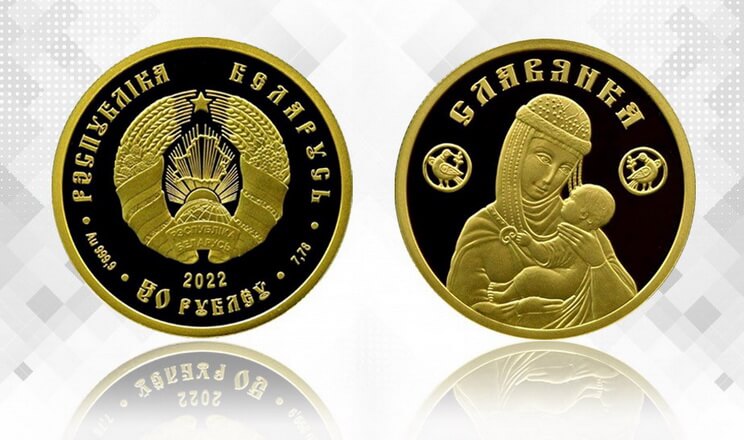
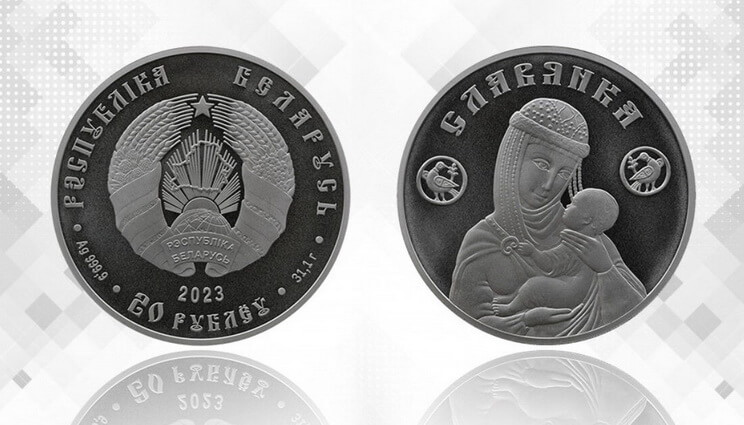
In the future, gold will continue to play an important role in the international reserves of Belarus. Minsk will not be able to significantly increase its gold reserves but the central bank is unlikely to spend any since the financial situation is not that bad.
The Belarusian government pursues a conservative economic policy, and gold is also a very conservative financial instrument. That’s why Minsk will hold on to it as long as it can.

